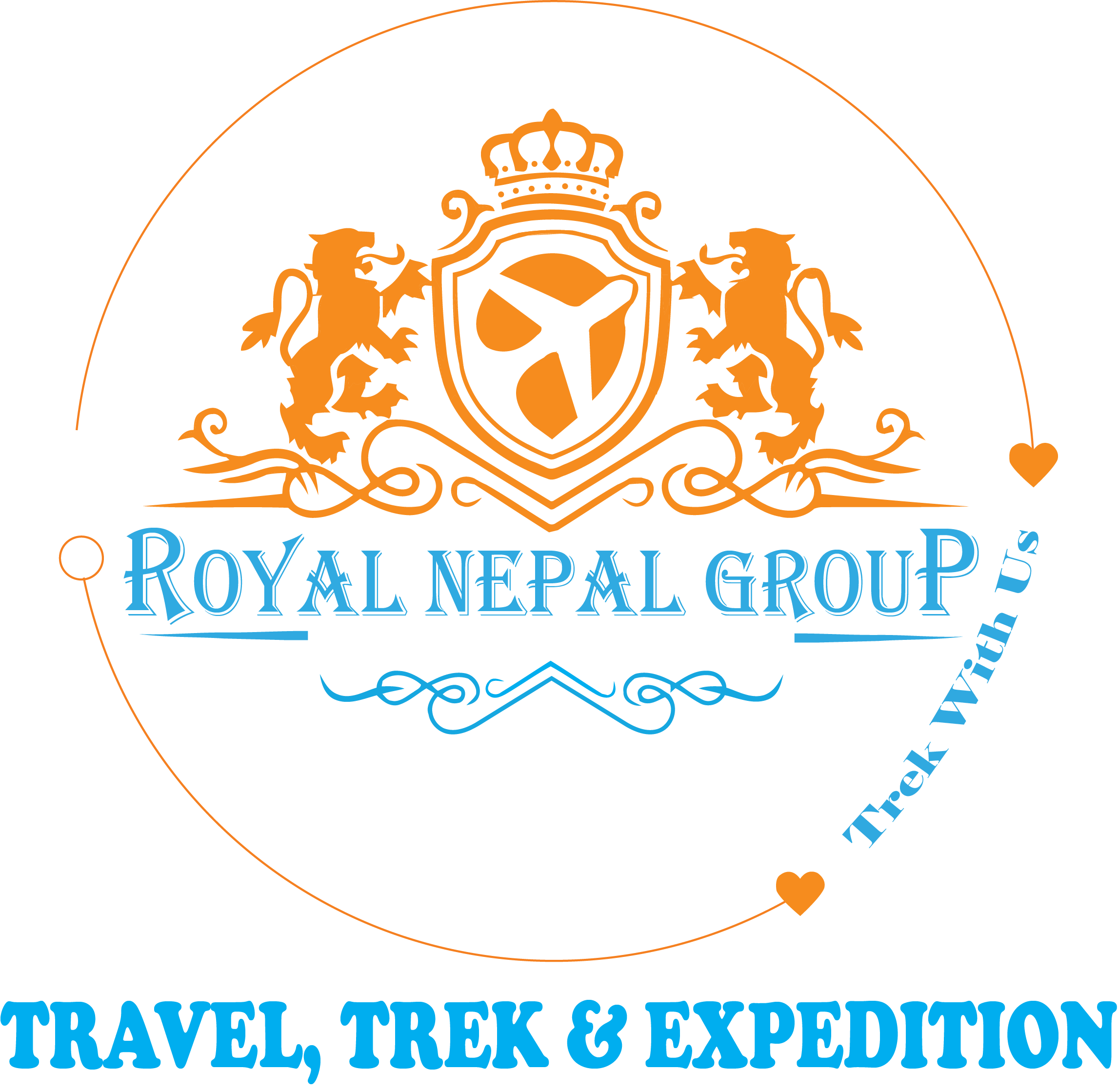Nepal is a garden of many beautiful and interesting places of significance. The places are full of history, culture, religion. Not to mention the remarkable beauty of the landscape. You can reach most places from Kathmandu (capital city) by road or by air. According to the Lonely Planet Travel Guide.”Nepal is a land of sublime scenery, time-worn temples, and some of the best hiking trails on earth. It’s the kind of country that lingers in your dreams long after you leave it. This is why so many travelers are drawn back to Nepal, armed the second time round with a greater appreciation of its natural and cultural complexity, a stout pair of walking boots and a desire for sculpted calf muscles.” Below are the most popular places to visit in Nepal.
The Capital City: Kathmandu
Kathmandu (the largest city), the capital and cultural center of Nepal, derives its name from Kasthmandap (house of wood). The Durbar Square has an array of temples overlooked by the Hanuman Dhoka Palace. This is the ancient palace of the Nepalese Royalty. You can experience the culture, people, history and their different living styles. Kathmandu Durbar Square, Pashupatinath Temple, Swoyambhunath Stupa and Boudhanath Stupa are the main attractions of the city and UNESCO World Heritage Sites.
The Ancient City of Bhaktapur
Bhaktapur(Bhadgaon), an ancient town, whose name means the “city of devotees.” It lies 14 km east of Kathmandu in the Kathmandu valley. Experience Nepalese life as it happens in this city by enjoying the view of Bhaktapur. It is the home of medieval art & architecture and still retains a rich medieval aroma. Bhaktapur Durbar Square, Nagarkot, Changunarayan Temple and Namo Buddha are the main attraction of the city. For the best sunrise view head to Nagarkot.
The Artisan City of Patan
Patan (Lalitpur) is a city of fine arts. Art lovers and enthusiasts will love the Nepalese arts, architecture, traditions, and crafts. These traditions draw mainly from religious customs. Four Buddhist stupas set on the four-corners of the outer boundaries of this ancient city are said to have been built in the 3rd century A.D. by Emperor Ashoka. Patan Durbar Square, Tibetan Refugee Centre and Handicraft Centres are the main attraction of the Patan.
The Scenic City of Pokhara
Pokhara located 200km west of Kathmandu. It is a 6hrs mountain drive or a 25-minute flight. Kathmandu is the cultural hub of Nepal, Pokhara is its center of adventure and scenic beauty. Pokhara offers picture-perfect scenery and striking natural beauty. This city is famous for its lakes and its location beneath the towering Annapurna massif. The serenity of Phewa Lake and the magnificence of the fishtail mountain rising behind it create an ambience of peace and magic. Pokhara boasts stunning views of the Himalayan Mountain range, rowing in Phewa Lake, the Seti gorge, Devi’s Fall, the Mahendra Cave, Begnas Lake and an International Mountain Museum.
The Spiritual Lumbini
Lumbini, a birthplace of Buddha and a famous pilgrimage for millions of Buddhists all over the world. It is situated about 295 km west of Kathmandu. The site is a large garden with a grove of pipal trees and many temples and shrines. In Lumbini don’t miss the sacred garden, Ashoka pillar, Maya Devi tempel, Peace Flame, and the melding of Buddhist from around the globe.
Discover Chitwan National Park
Chitwan National Park stands today as a successful testimony of nature conservation in South Asia. This is the first national park of Nepal. Established in 1973, Chitwan set out to preserve a unique ecosystem that is significantly valuable to the whole world. The park covers a pristine area of 932 sq. km. Chitwan is situated in the subtropical inner Terai lowlands of south-central part of Nepal. The park has gained much wider recognition in the world when UNESCO included this area on the list of World Heritage Sites in 1984.
Bardia National Park
Covering an area of 968 sq. km, Royal Bardia National Park is situated in the mid-Far Western Terai, east of the Karnali River. Originally set aside in 1968 as a Royal Hunting Reserve, the area was commemorated in 1967 as Royal Karnali Wildlife Reserve with an area of 368 sq. km. It was renamed as Royal Bardia Wildlife Reserve in 1982 and extended to include the Babai River valley in 1984. National Park status was gazetted in 1988. The main objectives of the park are to conserve a representative ecosystem of the mid-Western Terai. In particular the area protects the tiger ad its prey species.
